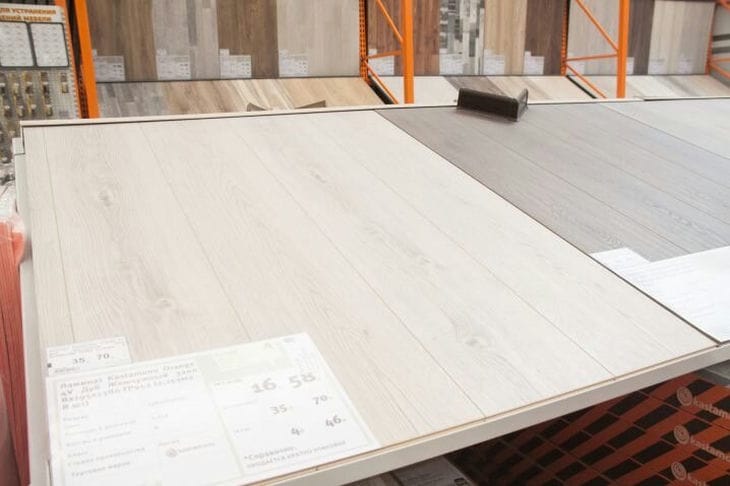Imagine an interior where tile and laminate floors merge into a single line, and the gaze glides over a perfectly smooth surface without unnecessary details.
Previously, such an effect seemed unattainable: thresholds and cork compensators left noticeable transitions, disrupting the harmony of space.
But today a method has emerged that changes the rules of the game.

Why don't old methods work anymore?
Traditional cork expansion joints required a joint width of 10 mm, and their limited palette forced people to put up with mismatched shades.
The thresholds, although they hid the joints, added visual “noise”, especially in minimalist interiors.
Both options were inferior in aesthetics, turning the floors into a patchwork canvas.
The Secret to a Seamless Transition: A New Generation Sealant
The solution was a premium sealant, which is applied in a thin layer (1-2 mm) and perfectly matches the color of the coating.
Its flexibility and resistance to loads allow connecting not only laminate and tiles, but also quartz vinyl and parquet.
Even in difficult areas - for example, along panoramic windows without baseboards - such a seam will remain invisible.
Where does it work?
The technology is suitable for modern projects where clean lines are important.
Combine porcelain tiles and engineered wood in an open-plan studio or create a transition between the kitchen and living room while maintaining a single floor level.
Discuss this option with the master before starting work - and the interior will acquire that very “expensive” look that is so appreciated in design magazines.
No more sacrificing style for practicality. Modern materials prove that beauty and functionality can go hand in hand.
